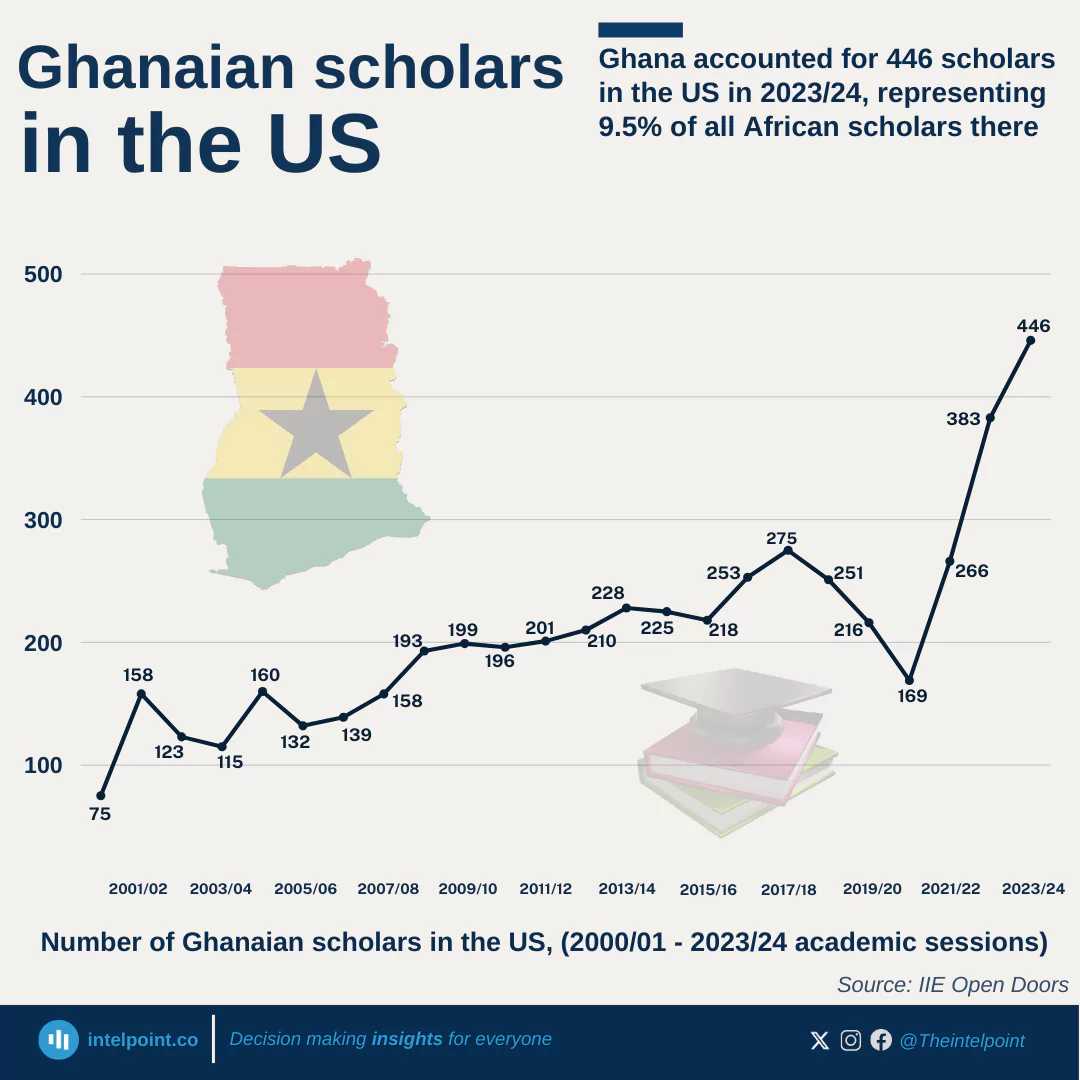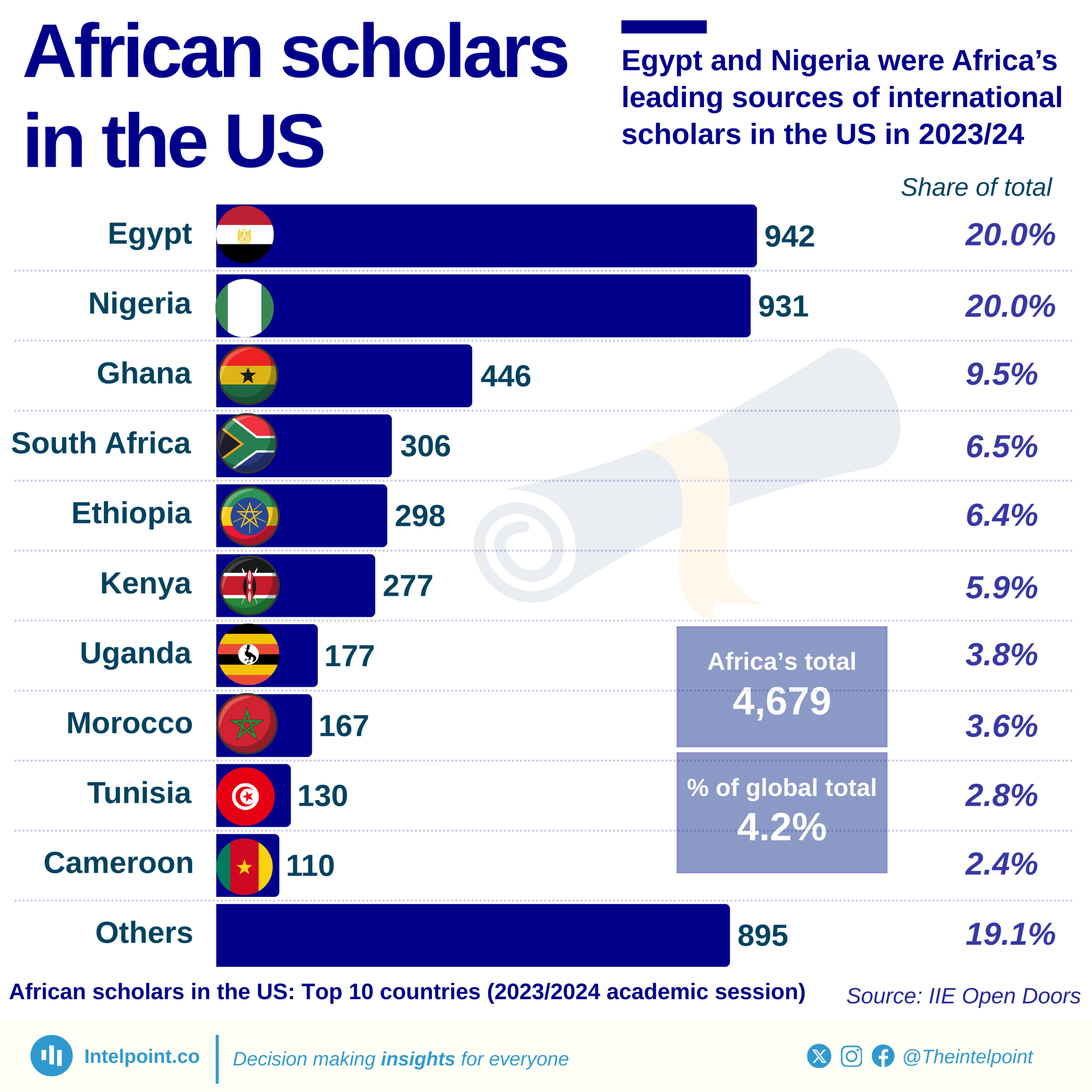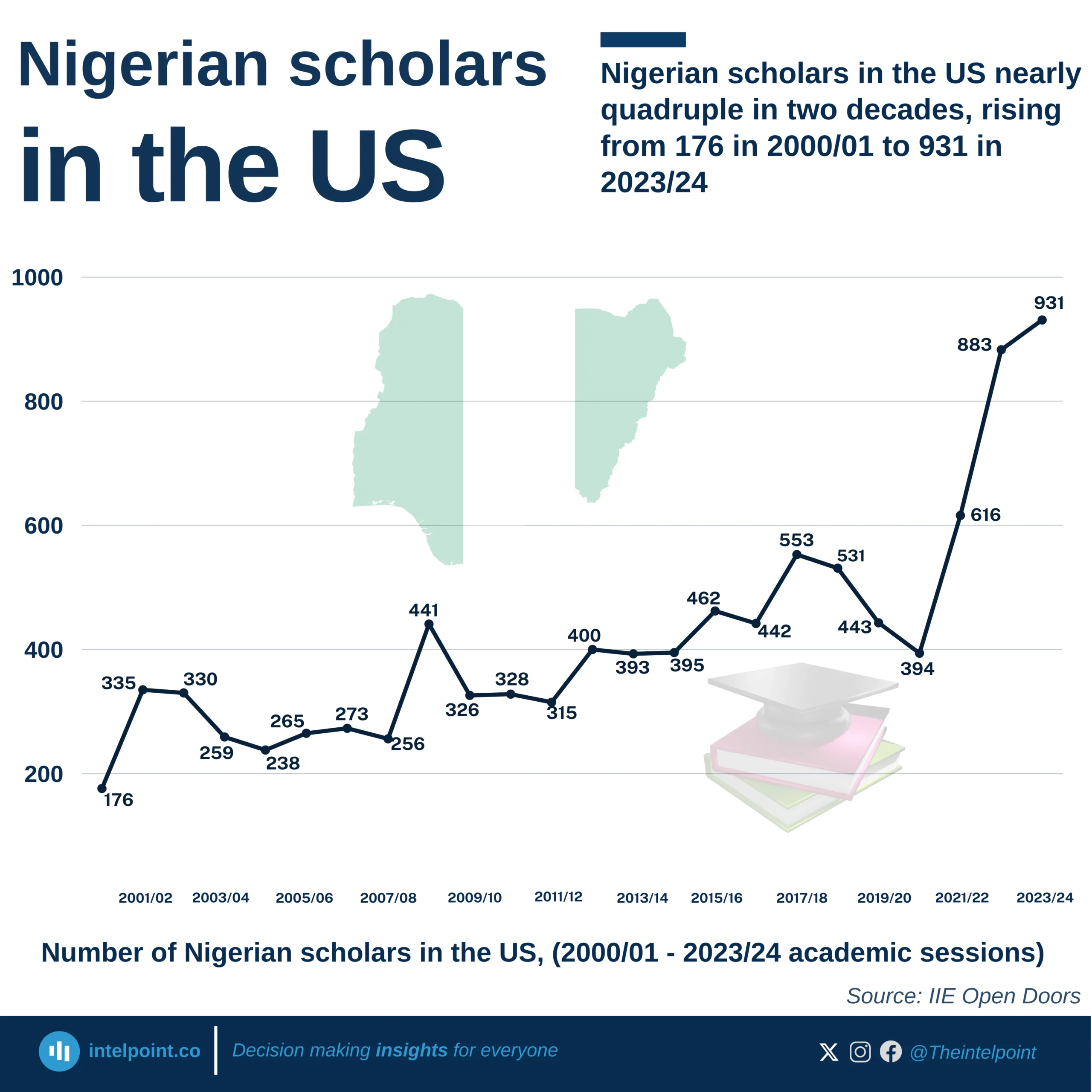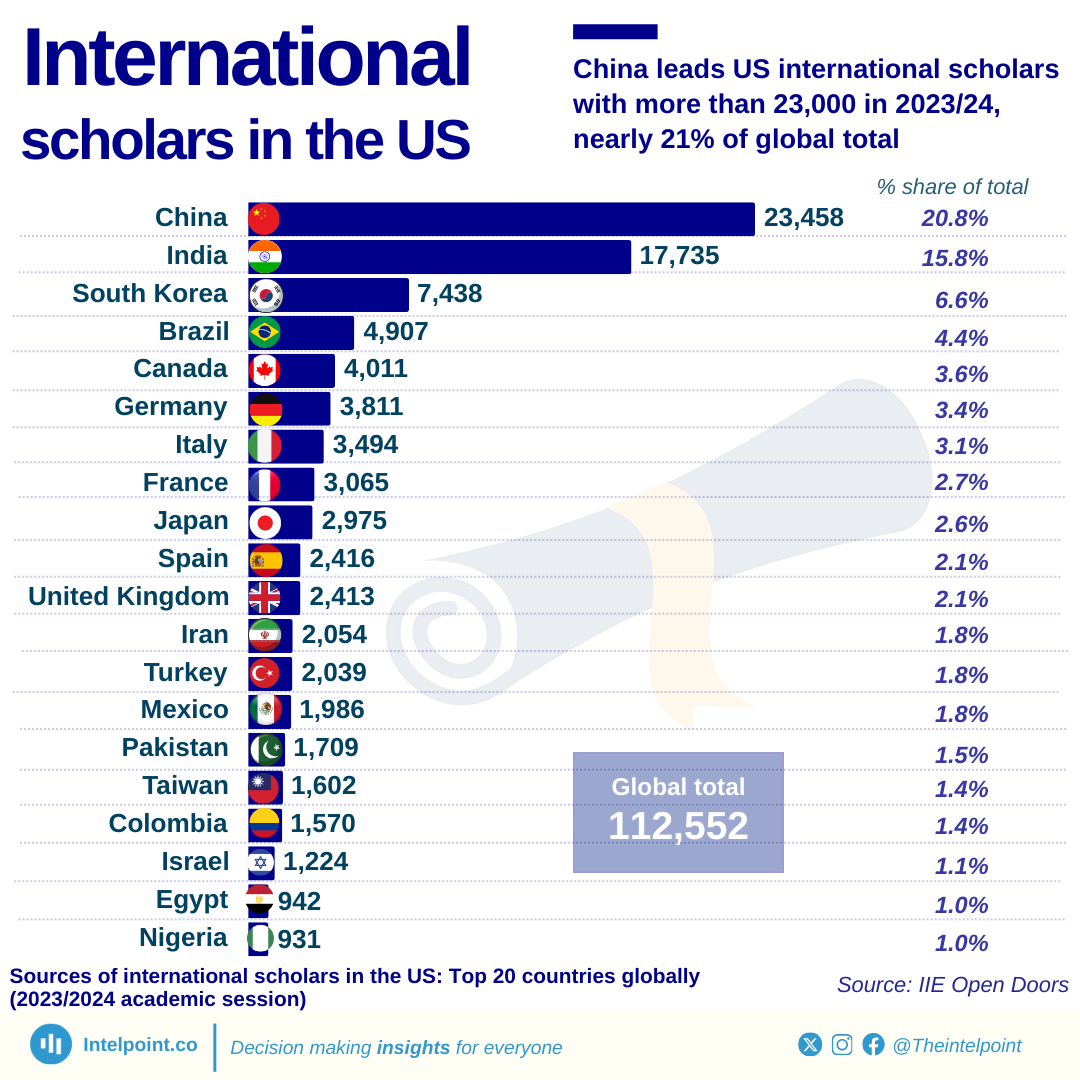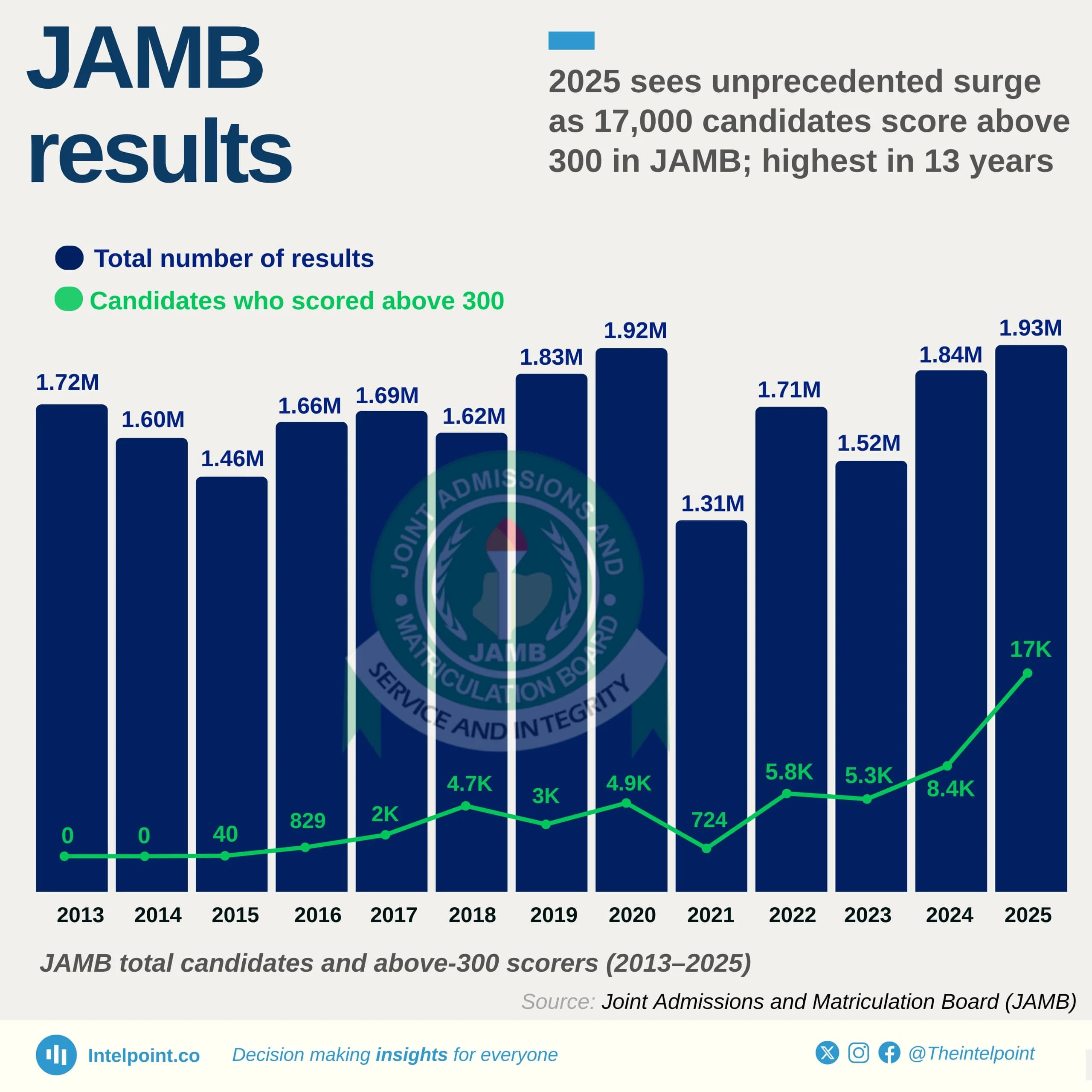By 2030, a significant number of countries are projected to face severe shortages of primary school teachers. The data from UNESCO and the Teacher Task Force highlights a concerning trend in which many regions are not on track to meet their teacher demand. Sub-Saharan Africa, in particular, faces the most critical shortfall, with only 9 out of 46 countries expected to have enough primary school teachers. Meanwhile, Europe & Northern America fare much better, with 17 countries projected to have sufficient primary school teachers.

